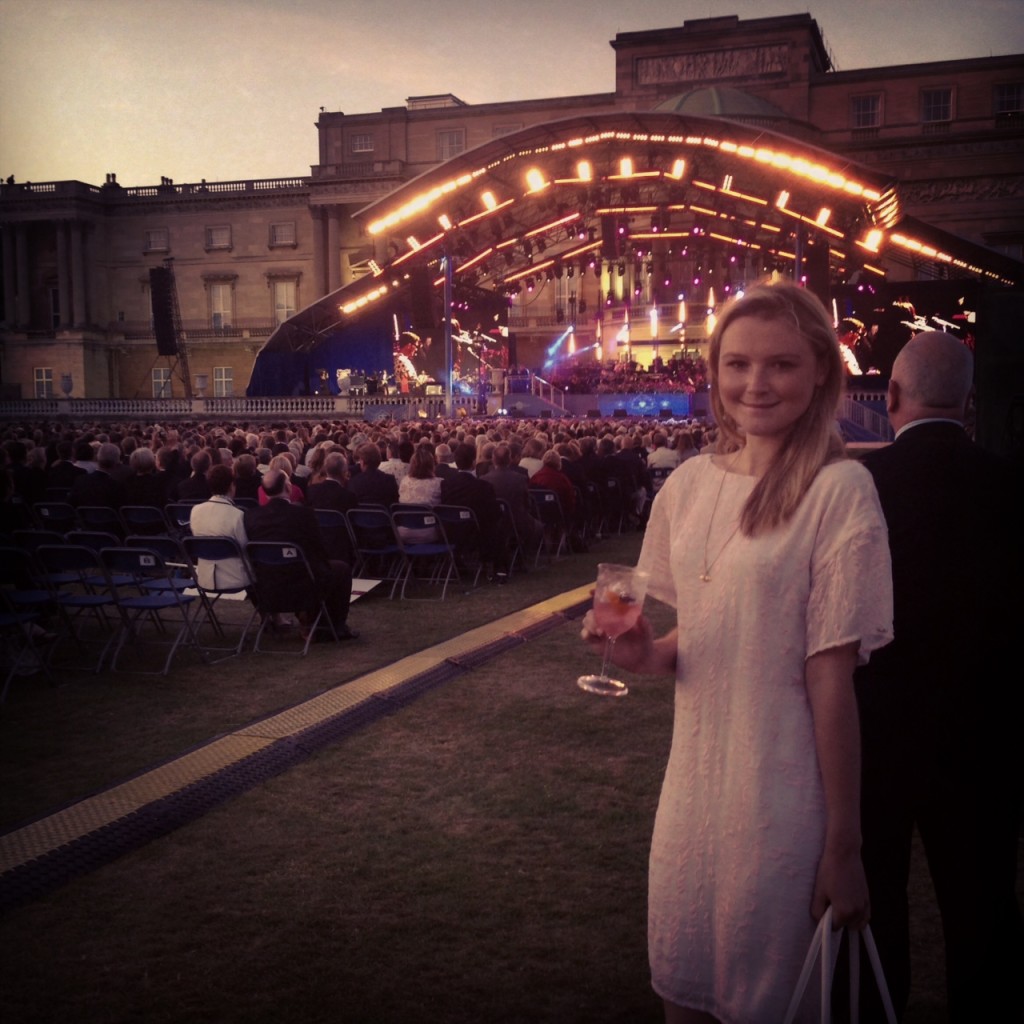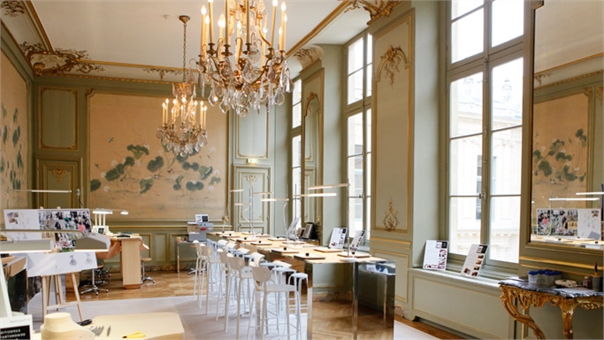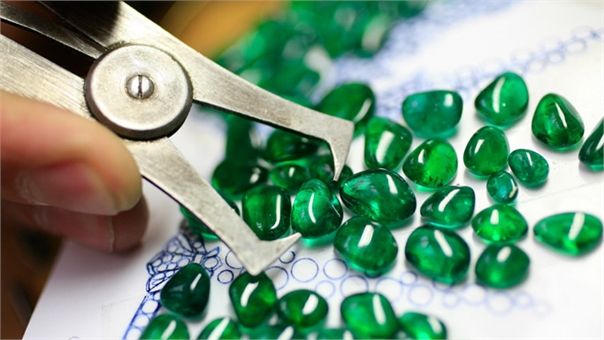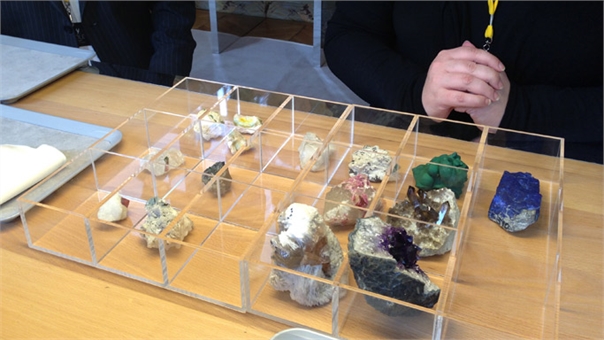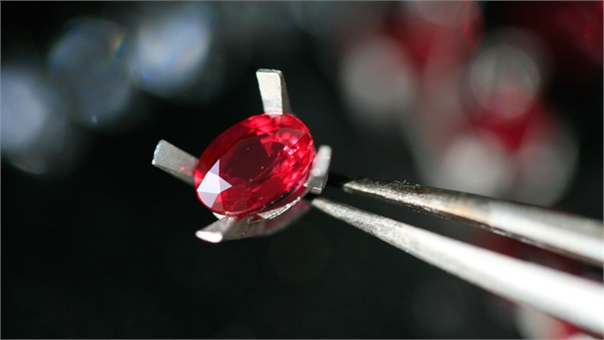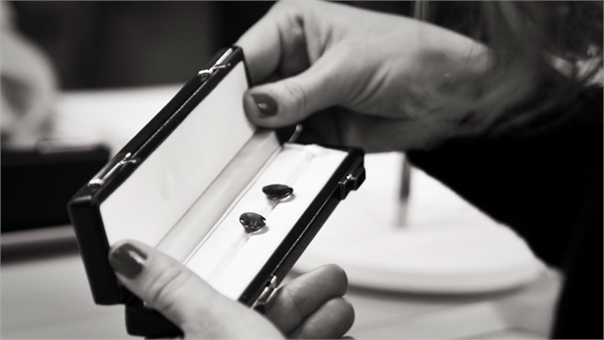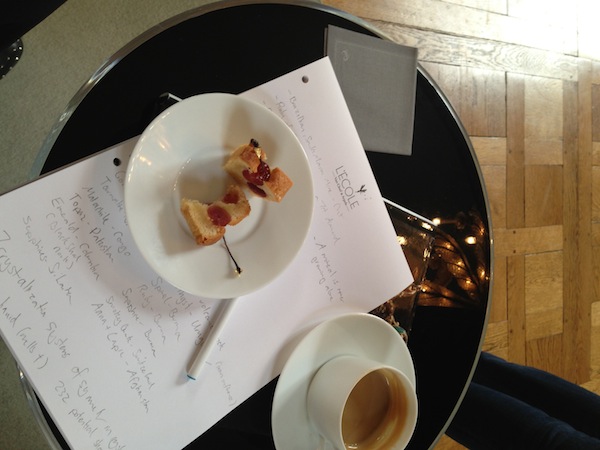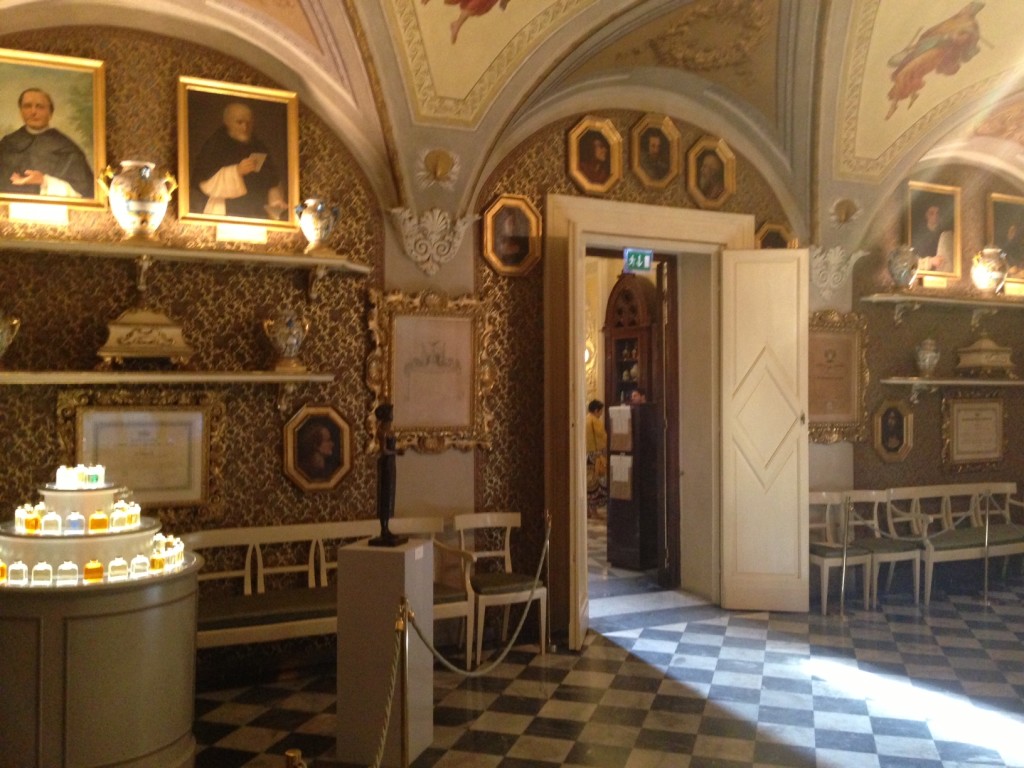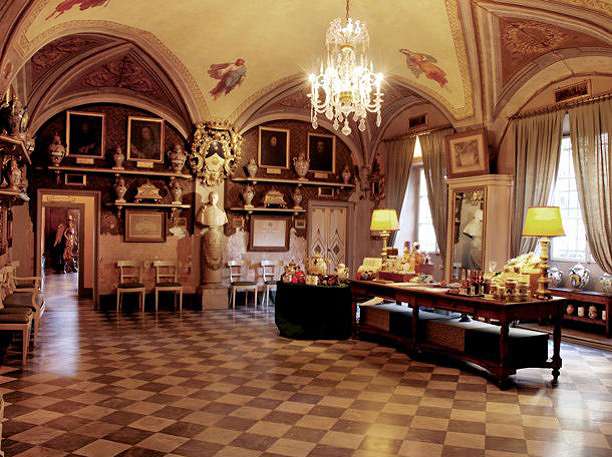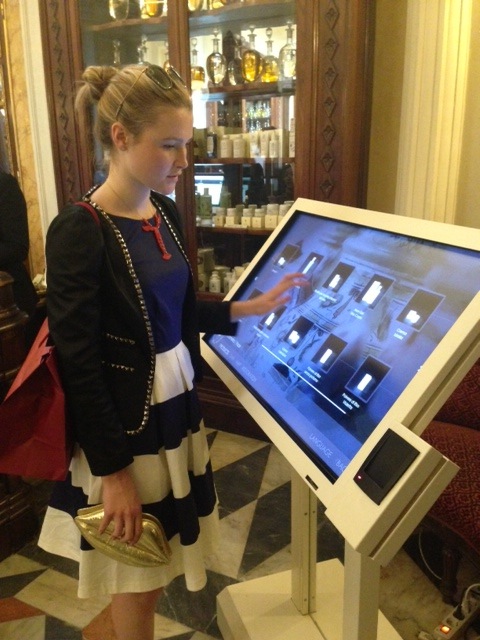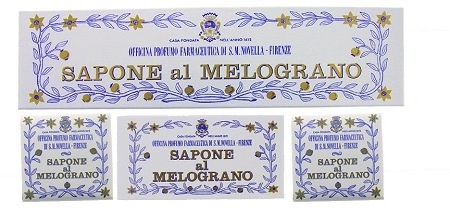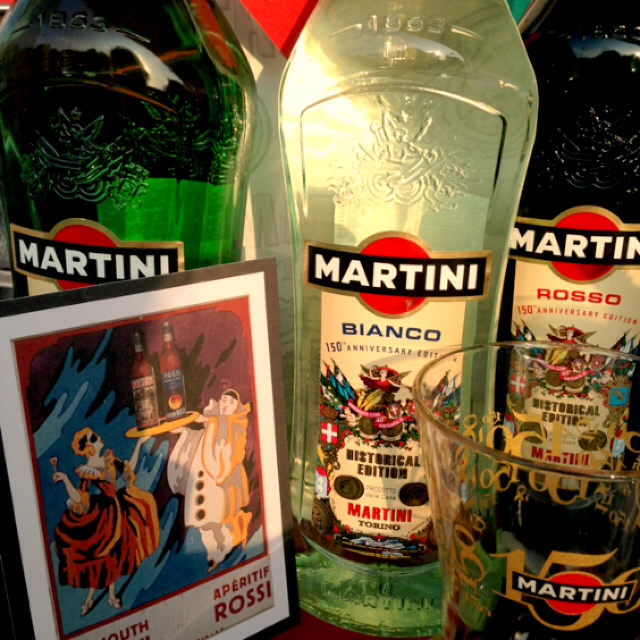
This time last week I was sitting in a vintage F1 car at one of the world’s biggest car festivals. The Goodwood Festival of Speed is a glorious 3 day occasion of non-stop motoring and decadence, celebrating the life of the automotive. I was down there not only to revel in engine noise and lust over Maseratis, but to celebrate the 150th anniversary of the sassiest of drink brands, Martini.
The Italian house of vermouth is infamous for its cocktail glamour specifically the Martini Royale ( half MARTINI Bianco (70ml) and half MARTINI Prosecco (70ml) in a wine glass full of ice. Squeeze a lime wedge, drop and garnish with fresh mint- sublime) the chicer version of an Aperol Spritz. I’ve lost count of how many I’ve drunk this year already, on the balcony of Soho House West Hollywood to a terrace in Porto Fino, or even Buck Pal ( below) where I found myself once more sipping Royales in the royal gardens. #hardlife
Above At Buckingham Palace, wearing Escada, for the Coronation Festival- The Martini Terrazza was vibing (below) Read More about my Buck Pal Adventures in my HELLO! mag interview here!

Martini the company started in the mid-19th century, in the wonderfully underrated Italian city of Turin, with three men businessman Alessandro Martini, winemaker Luigi Rossi and accountant Teofilo Sola, In 1992 Martini & Rossi merged with Bacardi and to this day the brand is ranked the world’s fourth most powerful “spirit” brand. This year as the brand celebrates 150 years in the biz, they made a return to racing, having previously sponsored Ferrari and Porsche, they’re back in the game with their badder than bad logo. (below)

I’m not sure what I like more, the drink or their company slogan ‘LUCK IS AN ATTITUDE’.
See www.martini.com for more…and follow my adventures later this year with the brand.

